Holding onto history
Updated: 2013-08-14 00:24
By Liu Wei (China Daily)
|
||||||||
Ancient murals in Dunhuang Mogao Grottoes are in danger of disintegrating. Preservationists are desperately trying to digitize the important relics before they are gone forever.
"The murals are aging, like me," says Fan Jinshi, 75, president of Dunhuang Academy.
For 50 years Fan has been conserving and studying the murals and other splendid relics in Mogao Grottoes, one of the greatest cultural wonders of the world.
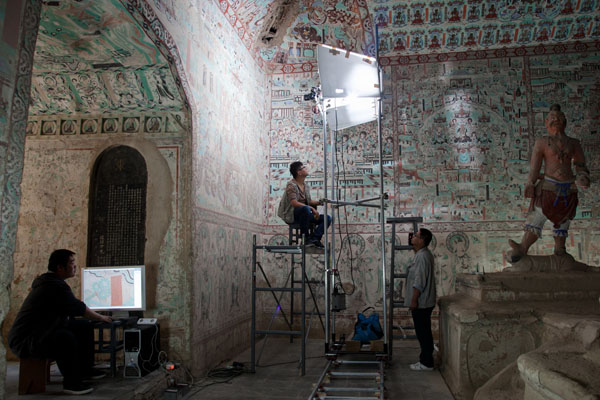 |
|
A photography team captures images of ancient murals in a cave of Dunhuang Mogao Grottoes, in Gansu province. Provided to China Daily |
The paintings on the surfaces of caves dug into mountains in Dunhuang, a small town in Northwest China's Gansu province, are extremely fragile heritage.
The caves were built between the 4th and 14th centuries, through more than 10 successive Chinese dynasties. One generation of painters after another filled them with murals illustrating Buddhism and daily life.
These precious artworks, however, are now at risk from arid weather, natural deterioration and the impact of tourism.
Among the 735 caves in Dunhuang, 492 contain murals and colored statues. Sadly, half of the murals are at risk of being lost.
Fan and her colleagues believe the future preservation of the murals lies in digitization.
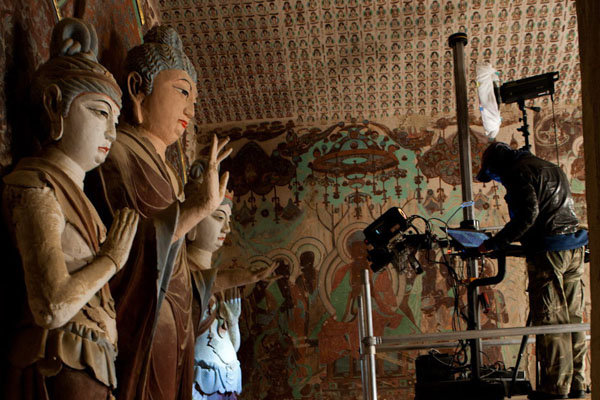 |
|
A photographer zooms in on a statue in a cave of Mogao Grottoes.Provided to China Daily |
"The foremost purpose of digitization is to build a digital archive," says Sun Zhijun, deputy director of Dunhuang Academy's Digital Center. "So people can still appreciate the murals' beauty and study their value hundreds of years later."
The ambitious project started in 1999, when the Andrew W. Mellon Foundation funded a joint project between Dunhuang Academy and Northwestern University of the United States. Archivists digitized 22 caves in five years, using rails like train tracks to stabilize cameras moving over the uneven cave surfaces — hardware the American experts brought from Hollywood to capture the murals.
At first the team used traditional cameras, sent the film to the US and scanned the photos into a computer. Digital cameras were adopted in 2000, but the photos' resolution could only reach 75 DPI (dots per inch, or per 2.54 cm, a measure of printing resolution).
Thanks to the continuous upgrading of digital cameras, now the photos are of 300 DPI, good enough for archiving and printing.

 'Despicable' minions upset Depp's 'Lone Ranger' at box office
'Despicable' minions upset Depp's 'Lone Ranger' at box office
 'Taken 2' grabs movie box office crown
'Taken 2' grabs movie box office crown
 Rihanna's 'Diamonds' tops UK pop chart
Rihanna's 'Diamonds' tops UK pop chart
 Fans get look at vintage Rolling Stones
Fans get look at vintage Rolling Stones
 Celebrities attend Power of Women event
Celebrities attend Power of Women event
 Ang Lee breaks 'every rule' to make unlikely new Life of Pi film
Ang Lee breaks 'every rule' to make unlikely new Life of Pi film
 Rihanna almost thrown out of nightclub
Rihanna almost thrown out of nightclub
 'Dark Knight' wins weekend box office
'Dark Knight' wins weekend box office
Most Viewed
Editor's Picks
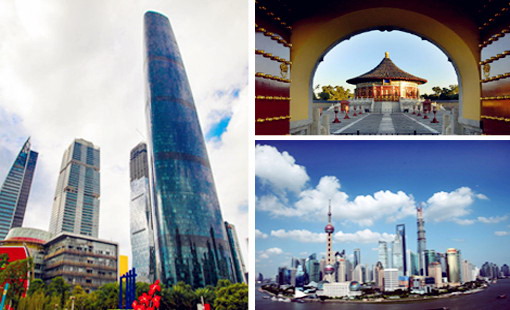
|
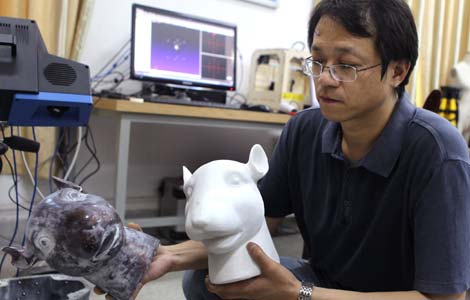
|

|
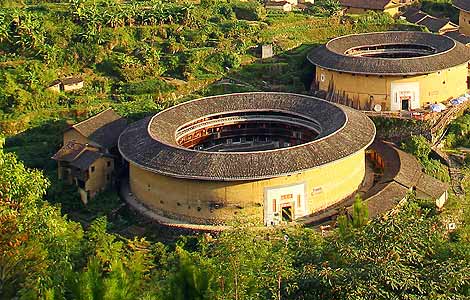
|

|

|
Today's Top News
ROK launches 4th 1,800-ton submarine
Kennedy effect - symbolic or positive?
'Leftover women' face tough choices in seeking love
Dutch Prince Friso dies after 2012 avalanche
Academy will turn a Hilton into a dorm for Chinese
Brazil puts off bidding on bullet train
US to examine intelligence collection methods
Economists cautious about China's recovery
US Weekly

|

|




